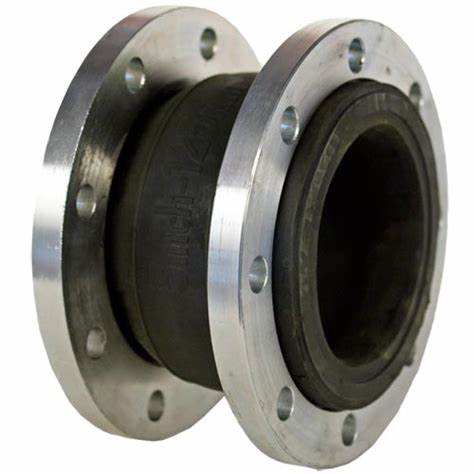pressure reducing valve for irrigation system
Understanding Pressure Reducing Valves for Irrigation Systems
Irrigation systems play a crucial role in modern agriculture, ensuring that crops receive the necessary water for optimal growth. However, maintaining the right pressure within these systems is imperative for efficient water distribution. This is where pressure reducing valves (PRVs) come into play.
A pressure reducing valve is a device designed to lower and stabilize the water pressure coming from a supply source before it reaches the irrigation system. When water is supplied from a municipal source or a well, the pressure can often be too high for effective irrigation, leading to inefficient water usage and potential damage to the system. PRVs address this issue by ensuring that the water pressure is regulated to a safe and efficient level.
The importance of using a pressure reducing valve in an irrigation system cannot be overstated. Firstly, PRVs help to conserve water. High pressure can cause excessive water flow, leading to runoff and wasted resources. By reducing the pressure, these valves ensure that water is applied more evenly across the fields, allowing for better absorption by the soil and reducing the risk of waterlogging.
pressure reducing valve for irrigation system

Additionally, PRVs protect the irrigation equipment. Excessive pressure can damage pipes, emitters, and other components of the system. Implementing a PRV not only extends the lifespan of these assets but also minimizes the need for costly repairs and replacements.
Moreover, using a pressure reducing valve can enhance uniformity in water distribution. In irrigation systems, especially those utilizing drip or sprinkler methods, maintaining consistent pressure is vital for ensuring that each plant receives an adequate and equal amount of water. Fluctuations in pressure can lead to uneven watering, causing some areas to become overly saturated while others remain dry.
In terms of installation, pressure reducing valves are relatively straightforward to incorporate into existing irrigation systems. They are available in various sizes and pressure ratings, making it easy to find the right fit for specific needs. Routine maintenance is also essential to ensure that the valve operates effectively over time.
In conclusion, pressure reducing valves are an essential component of efficient irrigation systems. By controlling water pressure, they conserve resources, protect equipment, and promote uniform water distribution. As agricultural practices continue to evolve, implementing technologies like PRVs becomes increasingly important in the quest for sustainable and effective irrigation solutions.
-
The Key to Fluid Control: Exploring the Advantages of Ball Valves in Industrial SystemsNewsJul.09,2025
-
The Versatile World of 1, 2, and 3 Piece Ball ValvesNewsJul.09,2025
-
Stainless Steel Ball Valves: The Ideal Choice for Efficient Flow ControlNewsJul.09,2025
-
Optimizing Fluid Control with Ball Float ValvesNewsJul.09,2025
-
Manual Gate Valves: Essential for Control and EfficiencyNewsJul.09,2025
-
Everything You Need to Know About Butterfly ValvesNewsJul.09,2025
-
The Versatility of Wafer Type Butterfly ValvesNewsJul.08,2025




